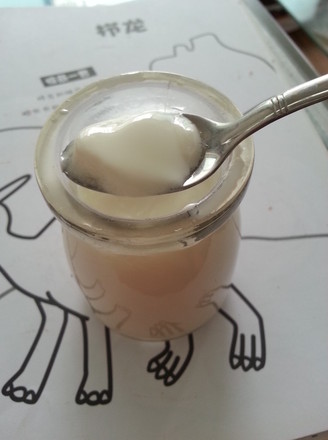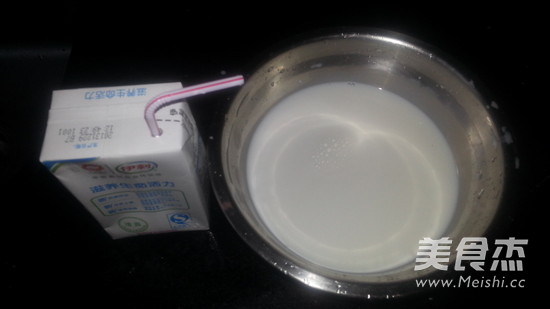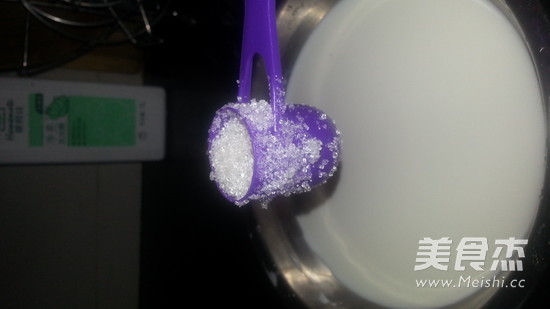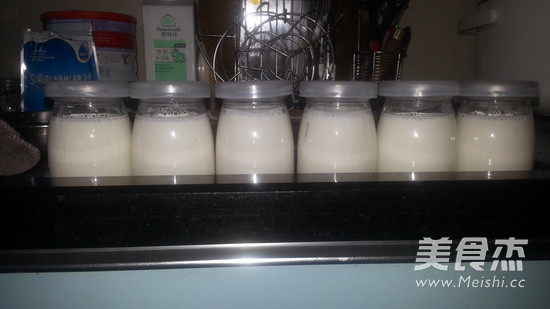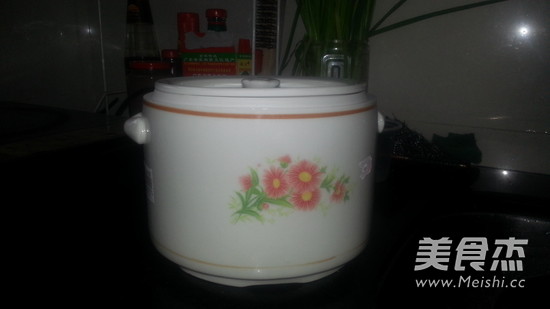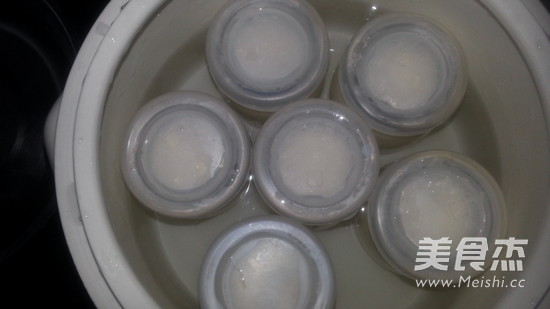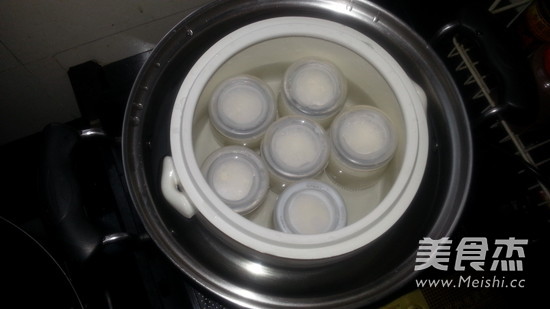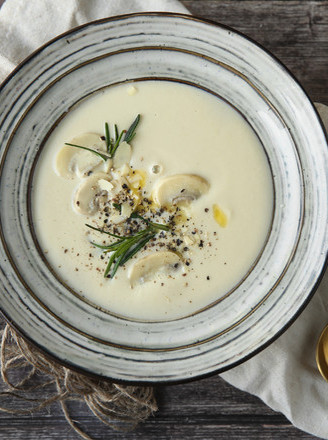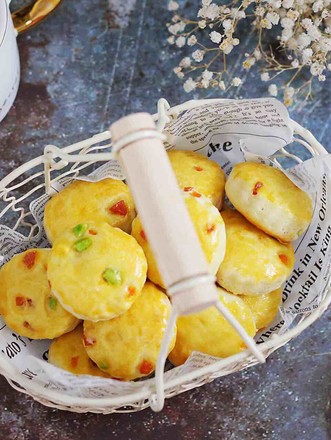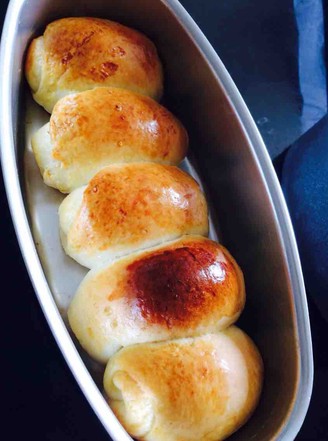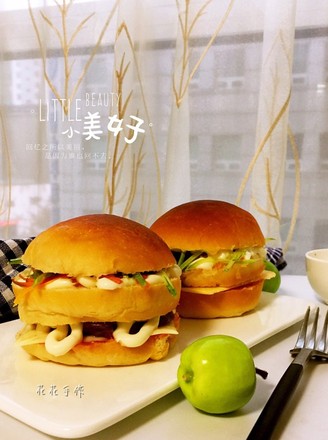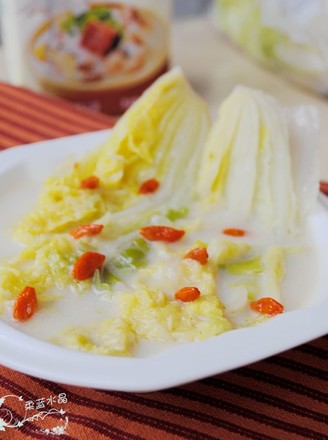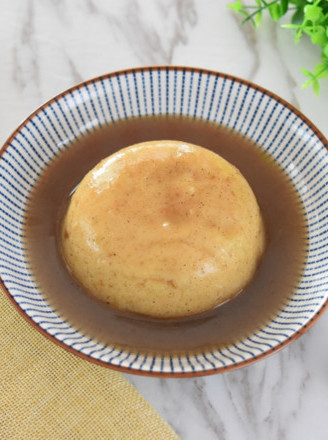Yogurt
1.
Wash the small glass bottles. It’s best to boil them with boiling water. I always make them in pudding bottles. The 100ml bottle does not need a small bottle. Large bottles and stainless steel cups are fine, but the weight must be calculated
2.
Pour the fresh milk into the container and add 10 to 20 grams of sugar. You can heat it slightly to dissolve the sugar. It should not be overheated. Otherwise, the bacteria will be killed when the bacteria are added.
3.
Add white sugar, and sometimes add white sugar to a small glass bottle. The amount is about flat on the bottom of the bottle. But it's all personal taste, you can add more if you like sweet, less if you don't like it
4.
Use a small amount of milk to dissolve the bacterial powder, add it to the milk, and stir evenly. Or evenly divide into each vial. Divide the milk into individual vials
5.
Prepare a large domestic stew pot and blanch it with boiling water. The choice of this depends on what you are using to ferment the fresh milk. It can be filled or covered for heat preservation. Choose the stew pot because it has good heat preservation effect. You can use a rice cooker
6.
Put the divided fresh milk with bacterial powder into the big stewing pot, and then add 38 to 50 degrees water temperature in the big stewing pot
7.
Put it in a large iron pot, add 40 to 60 degrees water in the large iron pot. You can see the finished product after 8 to 10 hours. The yogurt will be fermented for a long time, and the taste will be a little bit sour.
Tips:
1. Pudding bottles are not necessary, ordinary glass bottles or stainless steel cups can be used. If there is no bottle cap, you can use tin foil to wrap the mouth of the bottle. Avoid using plastic bottles, which may release toxic substances;
2. It is okay to not use bacterial powder, you can buy your favorite old yogurt on the market, a small spoonful of a pudding bottle is enough;
3. In fact, yogurt is not difficult to make. The key is that you have mastered the key points. The bacteria should grow for 8 to 10 hours at a temperature of 40 to 50 degrees. The temperature is 40-50 degrees Celsius, a little more and a little less, but it must be able to maintain this temperature for more than 6 hours.

